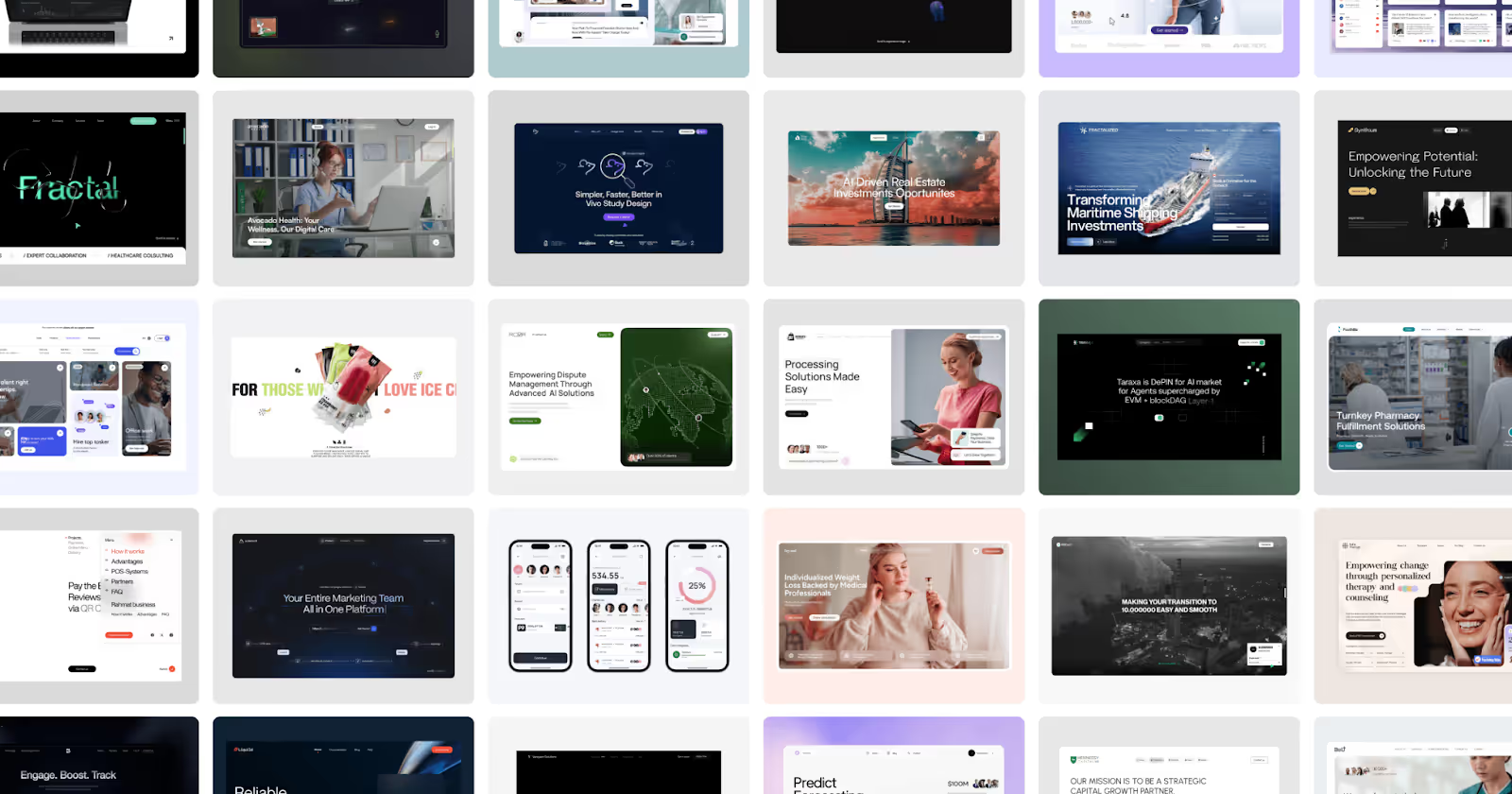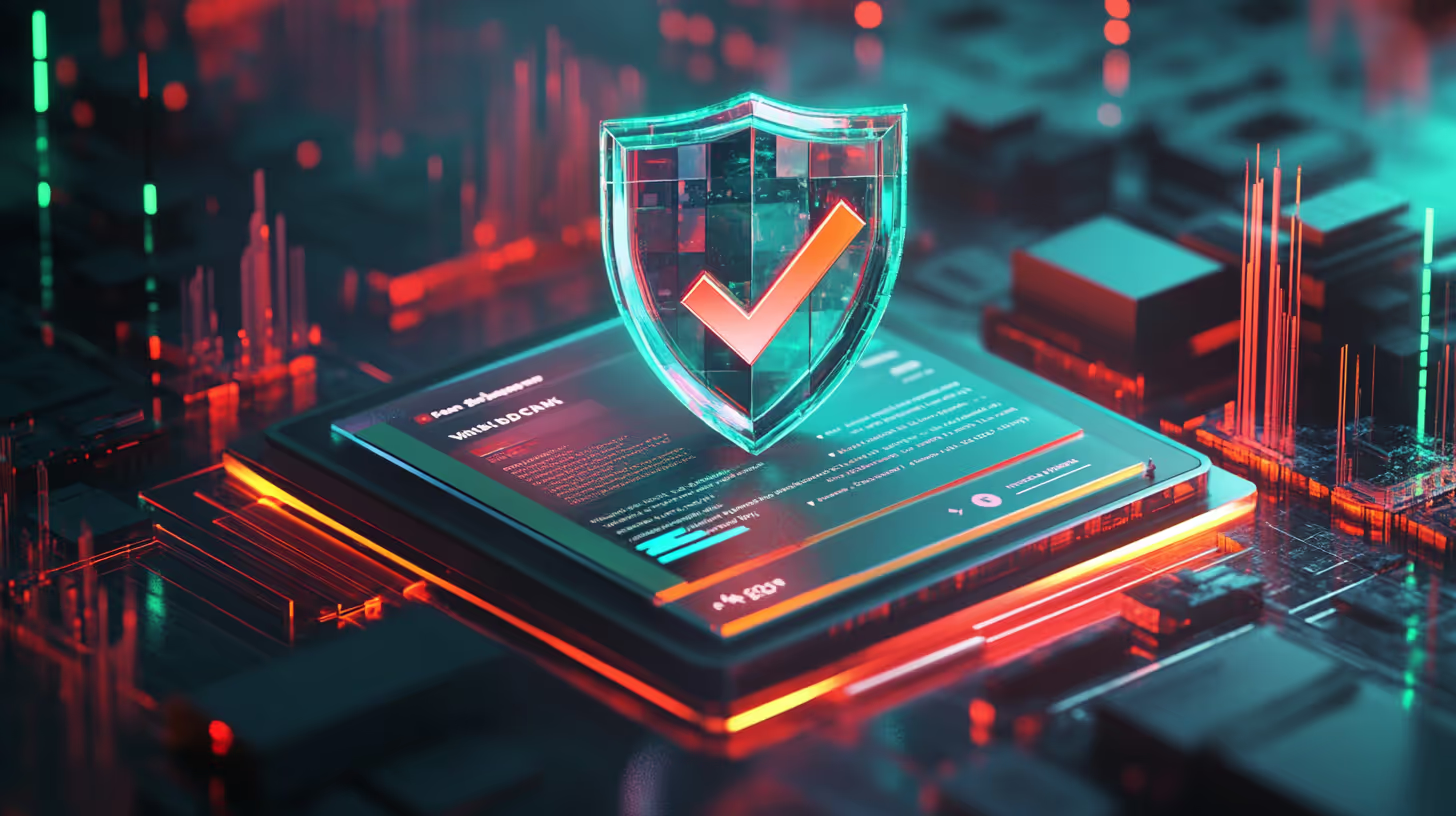5 Key Differences Between QA and QC Every Business Should Know

Introduction
Every business lives or dies by one thing: quality. Customers might forgive small mistakes once, but they won’t return if quality feels like an afterthought. That’s why companies invest heavily in processes, tools, and people who can safeguard it.
But here’s the catch — while everyone talks about “quality,” not everyone agrees on what it actually means in practice. This is where two terms appear again and again: Quality Assurance (QA) and Quality Control (QC).
At first glance, they look like twins. Some leaders even use them interchangeably. But if you scratch beneath the surface, you’ll find that QA and QC play radically different roles in shaping outcomes. Confusing them can stall innovation, drain resources, and even damage customer trust.
So, what exactly makes them different? And why should every business — whether building a website, testing software, or scaling a product — care about the distinction?
That’s exactly what we’ll uncover in this article.
What Is Quality Assurance (QA)?
Before a single line of code is written, a product assembled, or a campaign launched, one question quietly decides the outcome: is the process itself built for reliability? That question is the heart of Quality Assurance.
Definition
Quality Assurance (QA) is the structured discipline of designing and managing processes so they consistently produce dependable results. It establishes standards, policies, and checkpoints that guide how work is done, ensuring that risks are minimized long before outputs take shape.
Core Goals of Quality Assurance
1. Prevention at the source. QA identifies points in a process where defects could arise and puts safeguards in place before work begins.
2. Process consistency. By standardizing how tasks are performed, QA ensures that results remain stable regardless of who performs the work or how many times it’s repeated.
3. Scalability. QA enables growth by making sure quality standards can be extended across larger teams, complex systems, or increased production without loss of reliability.
4. Operational efficiency. With fewer errors and less rework, QA streamlines workflows and allows resources to be used more effectively.
Why Quality Assurance Matters
QA matters because it transforms quality from a lucky accident into a predictable system. Without it, organizations depend on the vigilance of individuals, hoping they’ll “get it right.” With QA, quality becomes:
➤ A shield against risk – businesses reduce costly failures, recalls, and reputational damage.
➤ A foundation for trust – customers return when they know what they’ll get each time.
➤ A platform for growth – scaling operations doesn’t mean scaling chaos, because quality is baked into the process itself.
➤ An engine of innovation – when teams don’t have to constantly fix mistakes, they gain more time to focus on improvement and creativity.
Think of QA as the blueprint in architecture → a building with a strong blueprint rarely collapses because the rules of structure are already in place.
In the same way, QA acts as the invisible framework that ensures whatever is built — whether software, products, or designs — can stand strong before it even reaches inspection.
What Is Quality Control (QC)?
After the code is written, the product assembled, or the campaign launched, one question remains: does the result actually meet the promise? That question is the essence of Quality Control.
Definition
Quality Control (QC) is the practice of examining outputs to ensure they meet established standards before they reach the customer. Unlike QA, which focuses on building reliable processes, QC focuses on verifying the end result. It’s the checkpoint that ensures what was created lives up to expectations.
Core Goals of Quality Control
- Defect detection. QC identifies mistakes, flaws, or inconsistencies in the final product before release.
- Correction. Beyond spotting issues, QC provides the feedback loop that allows teams to fix errors quickly and prevent them from reaching the customer.
- Verification. QC ensures the final output aligns with specifications, regulatory requirements, and brand or product standards.
- Customer protection. By catching defects before they escape, QC safeguards user trust and prevents reputational or financial loss.
Why Quality Control Matters
QC matters because even the best processes can’t predict every variable. Human error, unexpected conditions, or system failures still happen — and that’s where QC steps in. Without QC, flawed products slip through the cracks and land in customers’ hands. With QC, quality becomes:
➤ A safety net – ensuring mistakes are caught before they reach the market.
➤ A gatekeeper of reputation – protecting the brand from embarrassment, recalls, or customer dissatisfaction.
➤ A guarantee of compliance – ensuring outputs meet legal, safety, or industry-specific regulations.
➤ A source of continuous feedback – giving teams the insights they need to refine both products and processes.
Think of QC as the inspector on a construction site → even with a solid blueprint, someone must check the walls, wiring, and finishes before handing over the keys.
In the same way, QC ensures the final product is safe, consistent, and ready to be trusted by customers.
5 Key Differences Between QA and QC
At a glance, QA and QC sound like cousins in the same family. In practice, they’re more like two specialists working at different stages of the journey — one designing guardrails, the other checking the finish line.
Here are the five dimensions by which they chart their own unique paths:

1. Focus
• QA: Process-oriented → Quality assurance zeroes in on how work gets done. It defines standards, workflows, and guidelines to make sure the team follows a reliable system. When processes are consistent, errors are far less likely to appear in the first place.
• QC: Product-oriented → Quality control cares only about the finished output. It doesn’t matter how the product was built — the job is to test the result, spot defects, and confirm that the outcome matches expectations before release.
2. Timing
• QA: Happens throughout development → Quality assurance starts from day one and continues at every stage, embedding checks into planning, design, coding, and deployment. The earlier an issue is caught, the cheaper and easier it is to fix.
• QC: Happens after production → Quality control usually kicks in once the product is built, during testing or inspection phases. It’s the safety net that ensures no hidden flaws slip through at the very end.
3. Approach
• QA: Proactive → Quality assurance asks, “How can we prevent this problem before it happens?” It puts preventive systems in place: training, coding standards, design reviews, or automated tests that stop errors at the source.
• QC: Reactive → Quality control asks, “Was this done correctly?” It verifies what has already been built, running tests, inspections, or reviews to confirm whether requirements were actually met.
4. Team Involvement
• QA: Cross-functional → Quality assurance is everyone’s responsibility. Product managers ensure requirements are clear, designers check usability standards, developers follow coding practices, and QA engineers oversee consistency. It’s a culture that spreads across the entire team.
• QC: Specialist-driven → Quality control is typically handled by testers, inspectors, or dedicated reviewers. They bring technical skills, tools, and methods designed specifically for detecting defects in the final output.
5. Outcome
• QA: Builds trust in the process → A strong quality assurance system means stakeholders can rely on the workflow itself. The organization knows that mistakes aren’t just patched — they’re prevented from recurring, creating long-term efficiency.
• QC: Builds trust in the product → Customers ultimately judge the product in their hands. Quality control ensures that what ships is safe, functional, and polished, giving users confidence that they’re getting something dependable.
QA vs QC in Software Testing
Software is the battlefield where QA and QC are easiest to see in action — and where their differences matter most.
- QA builds the system. It creates guardrails: automated pipelines that reject broken code, coding standards that everyone must follow, and CI/CD rules that ensure updates roll out consistently.
- QC tests the outputs. Once the code exists, QC checks for cracks — bugs, crashes, slow performance, and features that don’t behave as expected.
Industry examples:
• Banking & fintech → QA enforces security protocols (like encryption or mandatory two-factor authentication), while QC validates them by stress-testing logins, payment flows, and transaction reliability.
• Healthcare → QA defines compliance standards (HIPAA rules, medical device data integrity), while QC validates whether the software actually protects patient data or displays correct diagnostic results.
• E-commerce → QA designs the checkout process to minimize cart errors, while QC tests edge cases like discount codes, stock updates, or payment gateways under heavy load.
• SaaS platforms → QA sets rules for scalability (coding conventions, modular architecture), while QC validates performance as user traffic spikes, ensuring systems don’t break.

As a creative agency working across different industries, we’ve seen one truth repeat itself: without quality, nothing holds. Whether it’s fintech, healthcare, or e-commerce, the entire system collapses the moment trust is broken.
QA vs QC in Product Development
Outside of tech, the QA/QC balance is just as critical — only the battlefield is physical products instead of code.
- QA ensures reliability at the root. It looks upstream: supplier checks, material standards, safety certifications, and protocols that prevent bad materials from ever entering the line.
- QC examines what comes out. Finished goods are tested, samples inspected, packaging verified. The focus is: “Does this actual product meet the standard?”
Example: Apple’s supply chain.
- Its QA is legendary: exacting supplier audits, microscopic material tolerances, and production rules so tight that mistakes rarely enter the process.
- But Apple still invests heavily in QC: devices pulled from batches, stress-tested, checked for flaws before they ever leave the factory.
This mix of prevention (QA) and detection (QC) is why customers trust that when they buy an iPhone, it will “just work.”
QA vs QC in Design Systems
Here’s where most competitors stop — but it’s one of the most relevant angles today. In branding and design, QA and QC play out just as much as in code or products.
- QA in design = scalability. Think of design tokens, grid systems, typography rules, and brand guidelines. These are the invisible structures that make sure every campaign, website, or app feels like it comes from the same brand.
- QC in design = fidelity. Once assets are created, QC checks whether they actually follow the rules: is the color palette consistent, are layouts aligned with the grid, is spacing coherent across screens?

Example from Eloqwnt:
When we build scalable brand systems for clients, we take both roles.
- On the QA side, we craft the design framework itself — guidelines, systems, and reusable elements that make consistency inevitable.
- On the QC side, we review every deliverable — from a landing page to a social media post — to ensure it follows those rules and strengthens the brand identity.
Why QA and QC Matter for Every Business
Every company has the same hidden risk: the moment when something slips through unnoticed. A small error in code, a mislabeled product, a broken design element — these don’t just create rework, they chip away at trust. And once trust is gone, it’s far harder to win back than it ever was to build.
That’s why the smartest businesses treat quality as an investment, not an afterthought. Teams that build strong QA practices save time and money by preventing problems before they spread. Teams with strong QC safeguard the final experience, making sure customers only see the best version of the product. Together, they create a safety net that keeps companies moving forward without costly setbacks.
At Eloqwnt, we’ve seen how powerful this mindset is across industries — from digital platforms to brand systems. When quality becomes part of the process, outcomes feel different: cleaner, more reliable, and built to last. That’s the kind of work we stand behind, and it’s why our clients trust us to bring both consistency and creativity into everything we deliver.
If you’d like to see this in action, explore our services, browse our Superdesign templates, or simply reach out to start a conversation — we’d love to build something extraordinary together!











